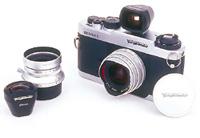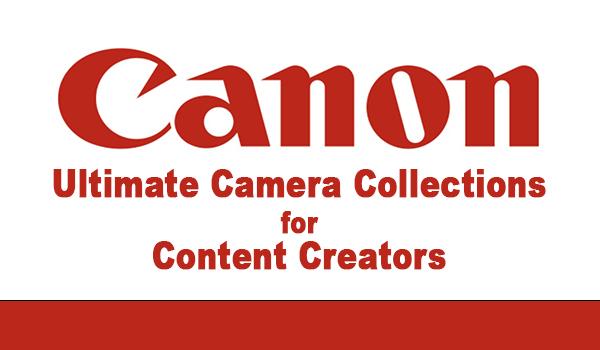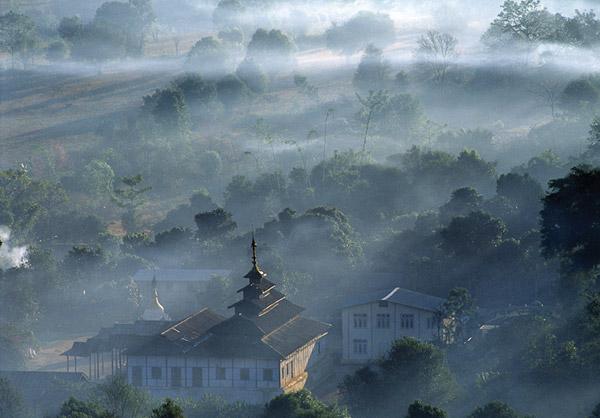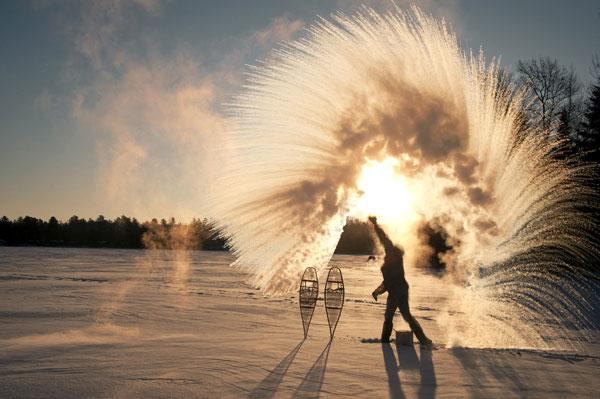Pro Techniques
Sort By: Post DateTitle Publish Date
|
Feb 01, 2006
|
Feb 01, 2010
|
Dec 01, 2009
|
May 01, 2010
|
Oct 22, 2024
Camera Rig NewsFamily Photography How ToFine Art Photography How ToFood Photography How ToJon Sienkiewicz BlogMirrorless Camera NewsNewsOutdoor Photography How ToPhoto Accessory NewsPhoto How ToPortrait Photography How ToPro TechniquesSports Photography How ToSports/ActionTravel Photography How ToWildlife Photography How To
|
May 01, 2009
|
May 07, 2012 |
First Published: Mar 01, 2012
|
Jan 03, 2025
|
Nov 15, 2006 |
First Published: Dec 01, 2006
|
Dec 06, 2013 |
First Published: Nov 01, 2013
|
Jun 01, 2007













